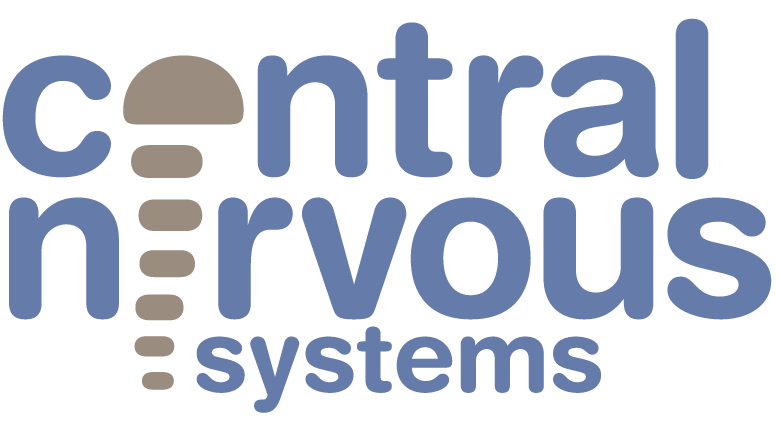
Blog
Manufacturing Improvement – the Probabilities of Success.
Statistics are the foundation of the Six Sigma methodology and can be very useful in understanding manufacturing performance and for planning manufacturing improvement. It might be surprising to know that a lot of useful statistical data is likely already available in your manufacturing database.
Manufacturing Improvement – Reduce Variables to Improve Scheduling Performance
Successful manufacturing requires effectively bringing together resources, including materials, labor, and machinery to produce something of value. The manufacturing equation can get complex, so finding effective ways to reduce complexity is always a good priority.
Too busy to implement a Manufacturing System?
Running a successful manufacturing business requires managing a significant list of variables, and hopefully not too much of that list is dealing with corrective actions.
Manufacturing Improvement – Value: What Customers Pay For
Like the removal of excessive packaging found on many purchased items, manufacturing value can often take some effort to isolate and get at. To help identify production value, establishing operational standards and comparing the output against those standards is an important first step.
Manufacturing Improvement – Reporting
Improvement Projects and Manufacturing Control rely on good data to track progress. A straightforward way to get data from a Manufacturing System is with a data export. For example, the actual run times for an operation can be exported to excel in a few minutes. Once exported you can quickly run some basic statistical tests in Excel or Minitab to confirm the data is normally distributed around the mean, which includes detecting data outliers that could adversely impact decisions made from those results.
Continuous Improvement Starts with Good Data
There is a lot of effort going into continuous improvement in manufacturing these days. Few people would argue that a culture dedicated to continuously improving business operations is not a good thing. Although continuous improvement projects start with the best intentions in mind, they don’t always result in meaningful positive change to the way things are done.






